In a journalistic career, everyone considers historical, revolutionary and cultural lands to be deeply engraved in their minds. For me, that is Muong Phang, a forest located 12 km from the center of Dien Bien city as the crow flies, where the headquarters of the Dien Bien Phu Campaign Command was located, headed by General Vo Nguyen Giap - the person assigned by Uncle Ho to be the "general in exile" to decide all the activities of the campaign for 56 days and nights to create the victory that "resounded throughout the five continents and shook the world" on May 7, 1954.

A group of veterans visit the A1 Hill relic site. Photo: DANG KHOA
Unforgettable memories
In mid-April 1994, I was fortunate to be assigned by the Editorial Board of Nhan Dan Newspaper to accompany General Vo Nguyen Giap to Dien Bien to visit the old battlefield. I will always remember that at 8:00 p.m. that evening, the General reminded his secretary to invite me to the break room to chat and confide. After asking about the hometown, occupation, especially the advantages and disadvantages of being a journalist during the Renovation period, the General said warmly: “On this trip, there is a special program in which our delegation will visit Muong Phang, which exactly 40 years after the Dien Bien Phu victory, I decided to return to visit, the place where I and the Campaign Command chose as the headquarters for 105 days and nights. With the victory on May 7, 1954, in addition to the wise leadership and direction of the Party and Uncle Ho, we never forget the strength of the people of the whole country in general, including the protection and care of the people in Dien Bien and Muong Phang commune in particular. Therefore, when journalists write about Dien Bien Phu, please vividly demonstrate that spirit!”
During my days working as a journalist, I understood the General's advice even more. The visit began with his working session with key officials of the province. Comrades Hoang Niem, member of the Party Central Committee, Secretary of the Provincial Party Committee; Lo Van Puon, Deputy Secretary of the Provincial Party Committee; Nguyen Quang Phung, Permanent Vice Chairman of the Provincial People's Committee, enthusiastically reported on the difficult struggles of the land with heroic Dien Bien Phu after 40 years of victory. Explaining the origin, understanding the terrain, correctly recognizing the strength of the people and the potential of the land with an area of 17,142 km2, the second largest province after Dak Lak with 500,000 people and 23 ethnic groups, when mentioning the difficulties hindering the progress of Lai Chau (at that time Dien Bien had not yet separated from Lai Chau), the provincial leaders summarized that the province had 8 "bests": It had the longest border (644 km); had the most highland communes (122 out of 153 communes); The most people live on slash-and-burn farming; transportation is difficult; there are still many illiterate people; local budget revenue is too low; forests are heavily destroyed and the birth rate is high (the average of the whole province is 3.2%, some districts are 3.9%).
With a pensive expression, the General made a brief speech at the end of the working session: “It is these mounting difficulties that urge us to strive to improve and enhance the lives of the people, who suffered many losses during the war against the French colonialists. Doing so is to demonstrate the tradition of “remembering the source of water when drinking water”, “repaying gratitude” to the land of revolutionary affection”. The next day, the General and his entourage visited the martyrs’ cemeteries on A1 hill and Him Lam hill, visited the Dien Bien Phu Museum, De Castries bunker, the memorial to those massacred by the French colonialists in Noong Nhai village, visited some farmer families in Thanh Xuong commune... General Vo Nguyen Giap took the time to visit the Dien Bien Phu campaign headquarters right on the land of Muong Phang commune. Thousands of cadres and people of all ethnic groups here gathered early, warmly welcoming the veteran general who had commanded the Dien Bien Phu campaign right on the land of their commune. Walking among the tall, spreading canopy of chestnut, oak, and acacia trees, local leaders said that this forest is called “General’s Forest” by the locals and has been protected and cared for by the people for the past 40 years. Expressing deep gratitude to the Muong Phang ethnic people who have sheltered and nurtured the soldiers, the General gave gifts to the elderly, women, and children; hoping that Muong Phang will soon become an advanced commune, with good production, a good life, and quickly catch up with the communes in the lowlands.
For the first time in 40 years, returning to visit the Campaign Command, nestled in a large hill next to a stream, consisting of two rows of tunnels connected by a system of hundreds of meters long, the General was moved to visit the relics one by one. This was the tunnel for General Vo Nguyen Giap (at that time as Commander-in-Chief of the Vietnam People's Army, Commander of the Dien Bien Phu campaign and Secretary of the Party Committee of the front). A nearby tunnel was for comrade Hoang Van Thai (at that time Deputy Chief of the General Staff of the front) and many other generals. Next to the tunnel was a house with a thatched roof and walls made of bamboo, inside there was a large bamboo table for spreading out maps and in the corner of the house was the Commander's bed. Here, the morning meetings of the Campaign Command took place every day. General Vo Nguyen Giap said: The Command was both the place to receive instructions from Uncle Ho and the Party Central Committee on the campaign's tasks in each stage; It is the place where the Campaign Command sends out orders to each division. It is also the place where information about developments in the North - Central - South battlefields is processed to create synchronous coordination between Dien Bien Phu and other fronts in the country. The General excitedly recounted one of the unforgettable memories of the afternoon of May 7, 40 years ago: “Also in this bunker, when I received the news that our soldiers had captured De Castries alive, I called Tran Do and Le Trong Tan: Is it true that we have captured De Castries? How do we know that it is De Castries? I instructed that the enemy must not be allowed to swap the commander's name. We must compare his identification with his identity card. We must check his rank and insignia... A moment later, Le Trong Tan called and reported: It is true that De Castries has been captured. I asked again: Have you seen De Castries with your own eyes? Where is De Castries now? Tan reported in a very happy voice: “De Castries is standing in front of me with the entire French Command at Dien Bien Phu. The bunker still has the “can” and the “red hat”.
Immediately afterwards, the news of our army’s great victory in Dien Bien Phu was reported to the Party Central Committee and the Government. Also in this bunker, on May 8, the Campaign Command received a telegram of praise from Uncle Ho: “Our army has liberated Dien Bien Phu. Uncle Ho and the Government cordially send our compliments to the cadres, soldiers, laborers, youth volunteers and local people who have gloriously fulfilled their duties.

Lieutenant General Dang Quan Thuy (far right) and General Vo Nguyen Giap inspected the front to decide to open fire to start the campaign. Photo: VNA
The victory is great but it is only the beginning...”.
Later, I was fortunate to meet Lieutenant General Dang Quan Thuy, Hero of the People's Armed Forces, former Vice Chairman of the National Assembly, and listened to him review the hardships and dangers that our soldiers had to face, the strategic shift from "fight fast, win fast" to "fight steady, advance steady" under Uncle Ho's direction; and listen to thrilling stories about the resilience and creativity in "pulling artillery in, pulling artillery out" of our soldiers. I was moved when he showed me the only photo that had not been published in the newspaper for many years. As the Assistant to the Campaign Staff, he was invited by General Vo Nguyen Giap to go with him to the top of a high hill to observe and review all the work of the campaign before the opening fire on March 11, 1954. He confided: Uncle Ho made a very clever assessment through the last sentence of the telegram congratulating the victory: "Although the victory is great, it is only the beginning".
True to that advice, exactly 10 years after the victory day, soldier Dang Quan Thuy went to Do Son to join the army transporting weapons to support the South to fight the American invaders along the "Ho Chi Minh Trail at sea" by "a ship without a number". Then he went back to the North, walked across Truong Son for 3 months to the Southwest battlefield and stayed there for another 9 years, together with many other soldiers, contributing to the Great Spring Victory of 1975, liberating the South and unifying the Fatherland. So, from May 7, 1954 in Dien Bien Phu, our people had to fight for 21 years to gain complete independence. That further proves: Without the Dien Bien Phu victory, there would be no Victory Day on April 30, 1975!
Muong Phang in the flow of innovation
Entering the period of renovation, the ethnic people in Muong Phang encouraged each other to unite and cooperate to push back poverty, worthy of the revolutionary and heroic land. With the attention and investment of the province and the Central Government, Muong Phang gradually overcame difficulties and focused on developing agricultural production - as General Vo Nguyen Giap wished in his letter to the Government on September 30, 2008: "... To create conditions for Dien Bien province and Muong Phang commune to carry out the work of hunger eradication and poverty reduction, promote production, and improve the lives of ethnic people in the area, I propose that the Government's Northwest Steering Committee and the Ministry of Agriculture and Rural Development create conditions for Dien Bien province and Muong Phang commune to implement the project of building Loong Luong reservoir". Thus, after two years of construction, the project was completed, providing water for almost all 20 villages of the commune, creating basic conditions to expand the area of two rice crops. From 2013, the total area was 100 hectares of single-crop rice, and by 2023, it had increased to 225 hectares of double-crop rice and 87 hectares of single-crop rice, with an average food yield per capita of 534 kg/year. With this progress, the Muong Phang people are grateful to General Vo Nguyen Giap, so they call Loong Luong Lake "Uncle Giap's Lake" or "General's Lake".

Students visit and learn about history at the De Castries bunker relic site. Photo: DANG KHOA
Irrigation and transportation are the two main attacks of Muong Phang.
Since 2011, the commune has entered the process of building a new countryside. Inter-commune roads have been expanded and paved; 100% of intra-village and inter-village roads have been concreted along with hundreds of kilometers of canals... The movement of "people donating land to open roads" and "people voluntarily contributing to road construction" has been responded to by many villages. Now, from Dien Bien city to the commune, there are two roads (one provincial road, one national road). Along the center of the commune, there are double roads with 4 lanes, stone pavements, full lighting systems and signs... In 2011, the poor households were 42%, but now there are only 4 households (accounting for 0.03%). The average income per capita has increased from 3.5 million VND more than ten years ago to 45 million VND by 2023. Domestic and foreign tourists flock to Muong Phang because of the attraction of the Dien Bien Phu Historical Campaign Command Relic Site, which has been preserved and upgraded, embodying the resilient and creative will of the Vietnamese people who defeated an enemy many times stronger. This is also a place where the community tourism model is strongly developing with many characteristics of ancient Thai ethnic culture, such as the stilt house architecture of the Black Thai people; religious and festival costumes; traditional crafts such as brocade weaving, weaving, forging, carpentry, musical instruments, etc.
Tourists are delighted to enjoy specialties such as grilled fish, buffalo skin salad, smoked buffalo meat, nam pia, grilled chicken, local pig steamed in banana leaves, smoked sausage, boiled bamboo shoots with cham cheo sauce, five-color sticky rice, cabbage rolls with green plums... At night, tourists can interact with the locals in xoe dances, bamboo pole dancing, and listen to folk songs from the Northwest region...
One of the unique community tourism destinations in Muong Phang is the Che Can cultural tourism village located right in the center of the commune. Che Can is located on a part of the Pu Don mountain range, with the highest peak being Pu Huoi, more than 1,700 m above sea level. The village has nearly 100 Thai ethnic households living in traditional stilt houses located among the immense green of the mountains and forests. The infrastructure is invested synchronously. Currently, Che Can village has a homestay and nearly 20 households providing tourism services. Coming here, visitors can visit, learn and experience the real life, culture, and unique customs of the Thai ethnic group. Phuong Duc Homestay is the first tourist accommodation facility operated by Muong Phang people. Here, visitors are provided with the following services: eating, sleeping, and participating in cultural experiences and exploring nature. Phuong Duc Homestay can accommodate 45 to 50 guests for meals and accommodation during the day, always creating satisfaction and a good impression in the hearts of tourists. Because of the advantages of this unique tourism model, the number of overnight guests here is increasing, although it is only nearly 30 km from Dien Bien city. I appreciate the words of comrade Tran Quoc Cuong, member of the Party Central Committee, Secretary of Dien Bien Provincial Party Committee: "The great changes of the province in general, and of Muong Phang in particular, are due to generations of provincial leaders persistently implementing the motto: economic development always goes hand in hand with cultural development". Muong Phang has been and is an attractive destination. Like many colleagues, I have been here many times; each time I return, I see and hear the revolutionary changes of the land that has been and will always be the pride of our nation. I put all my faith in the people of Muong Phang to continue to work with the whole country to promote all aspects of strong development in the period of innovation and deep international integration.
April 2024
Notes by Nguyen Hong Vinh/ According to Nhan Dan Newspaper
Source



![[Photo] Mass parade to celebrate 50 years of national reunification](https://vphoto.vietnam.vn/thumb/1200x675/vietnam/resource/IMAGE/2025/4/30/825e459ee2f54d85b3a134cdcda46e0d)
![[Photo] "King Cobra" Su-30MK2 completed its glorious mission on April 30](https://vphoto.vietnam.vn/thumb/1200x675/vietnam/resource/IMAGE/2025/4/30/5724b5c99b7a40db81aa7c418523defe)
![[Photo] The parade took to the streets, walking among the arms of tens of thousands of people.](https://vphoto.vietnam.vn/thumb/1200x675/vietnam/resource/IMAGE/2025/4/30/180ec64521094c87bdb5a983ff1a30a4)

![[Photo] Panorama of the parade celebrating the 50th anniversary of the Liberation of the South and National Reunification](https://vphoto.vietnam.vn/thumb/1200x675/vietnam/resource/IMAGE/2025/4/30/affbd72e439d4362962babbf222ffb8b)


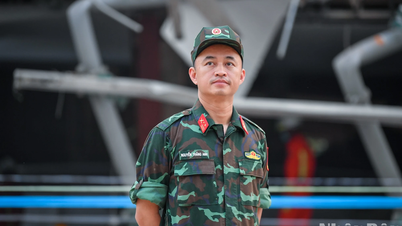

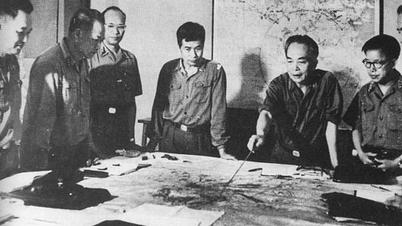

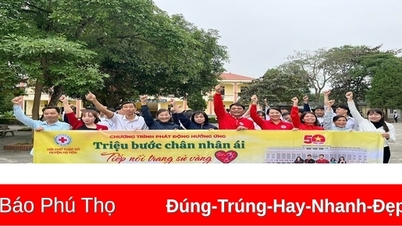
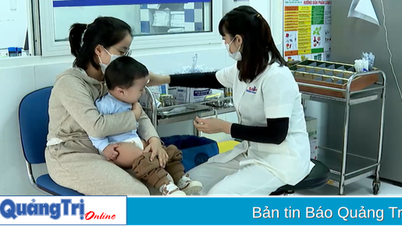
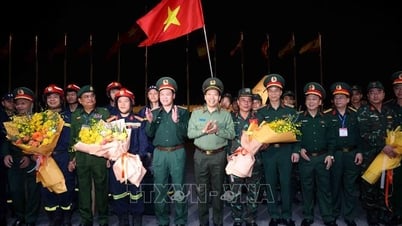
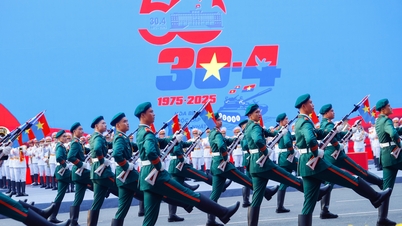

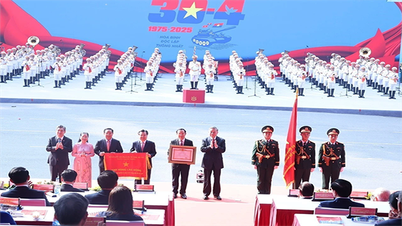

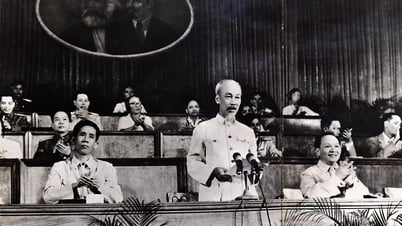






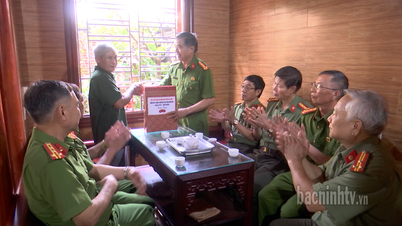
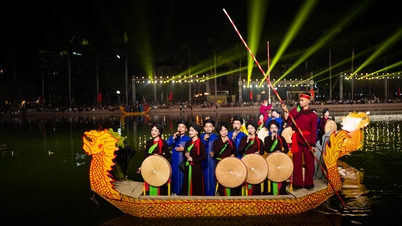

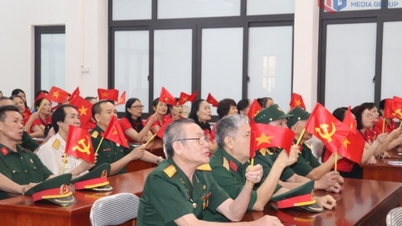
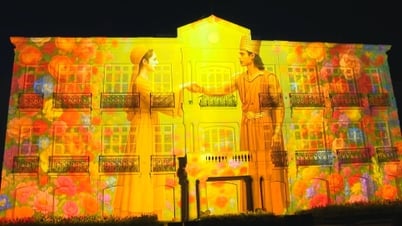
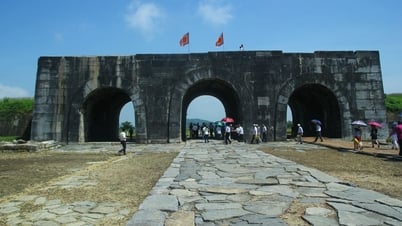


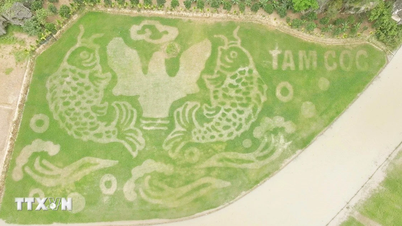









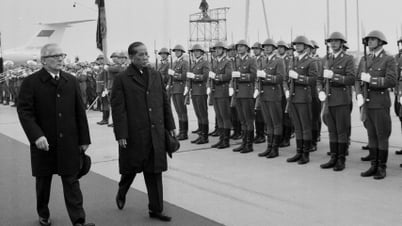

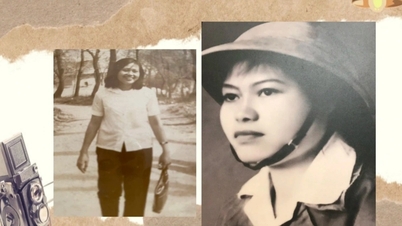

































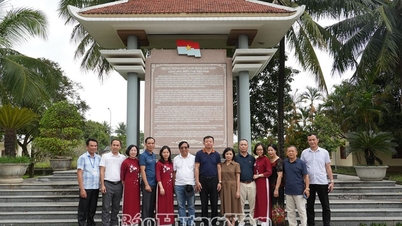

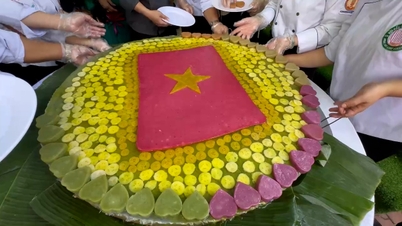














Comment (0)